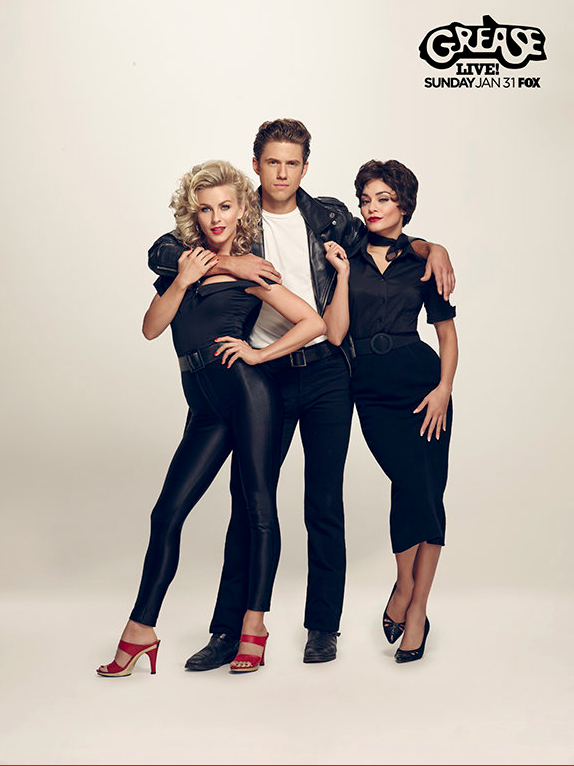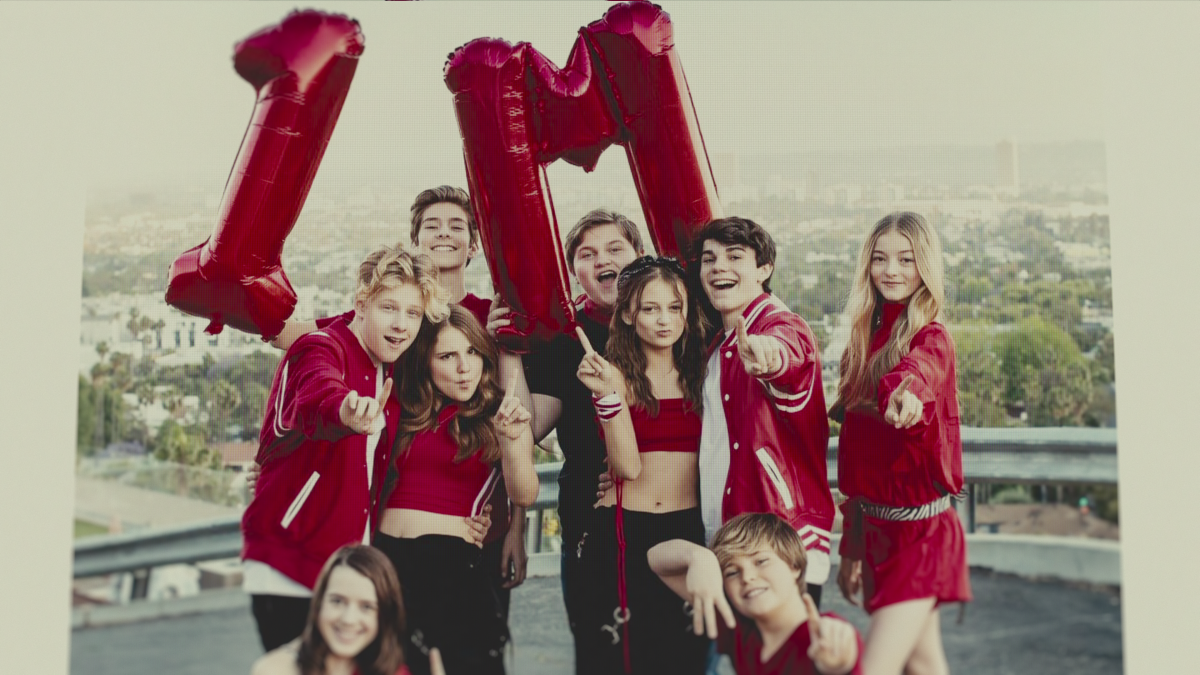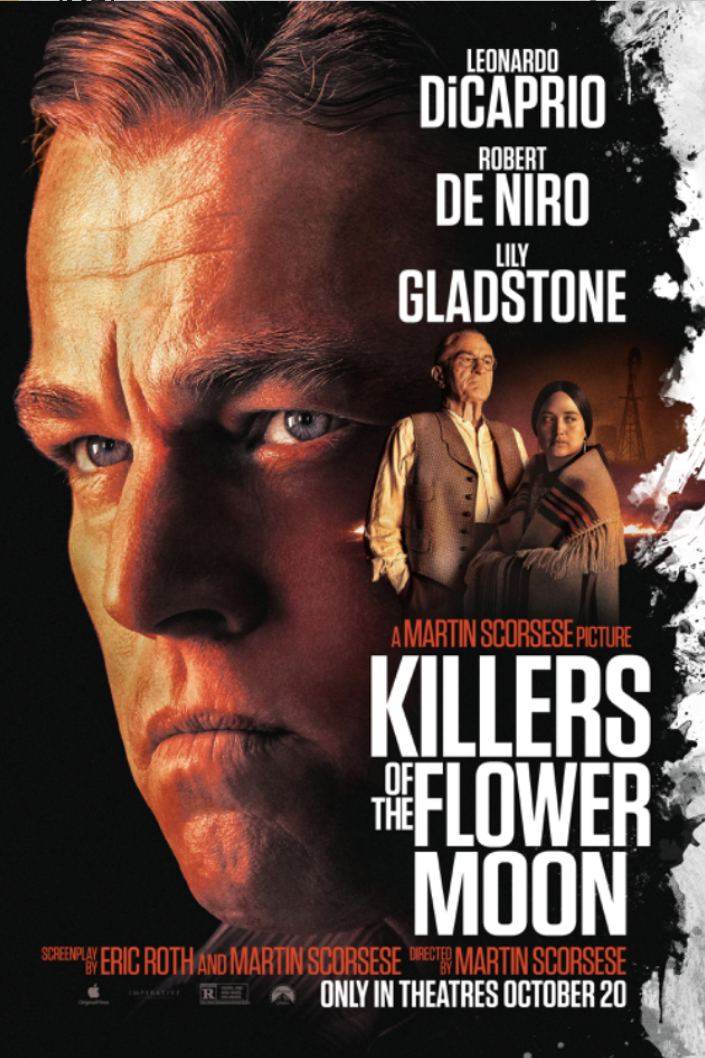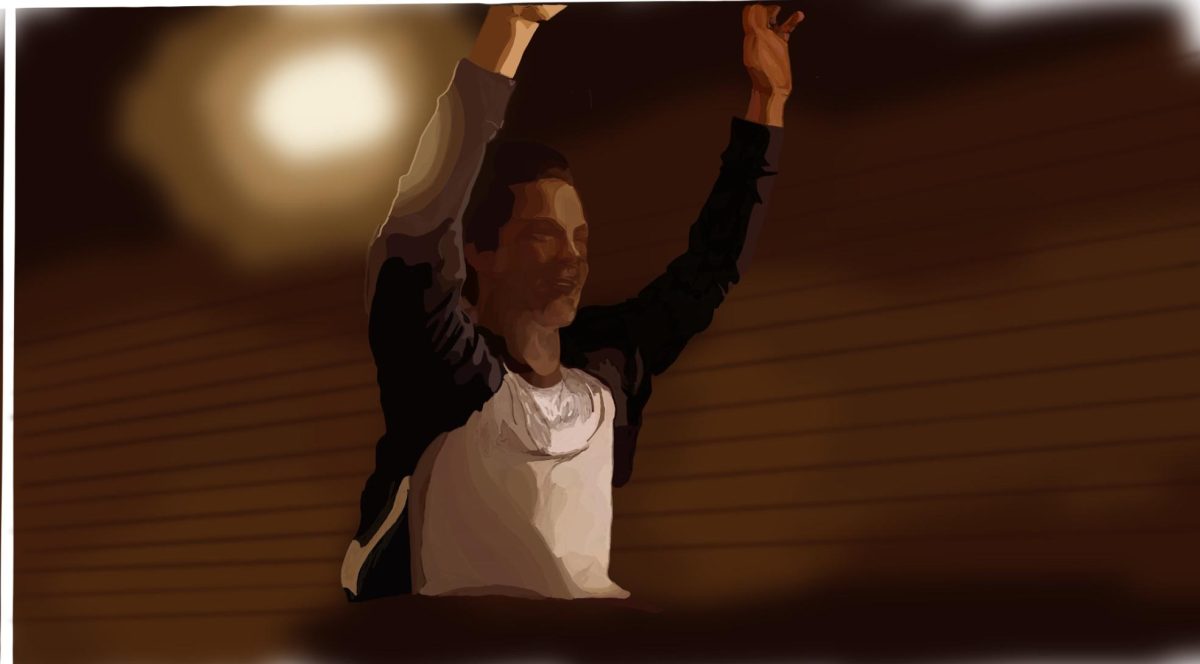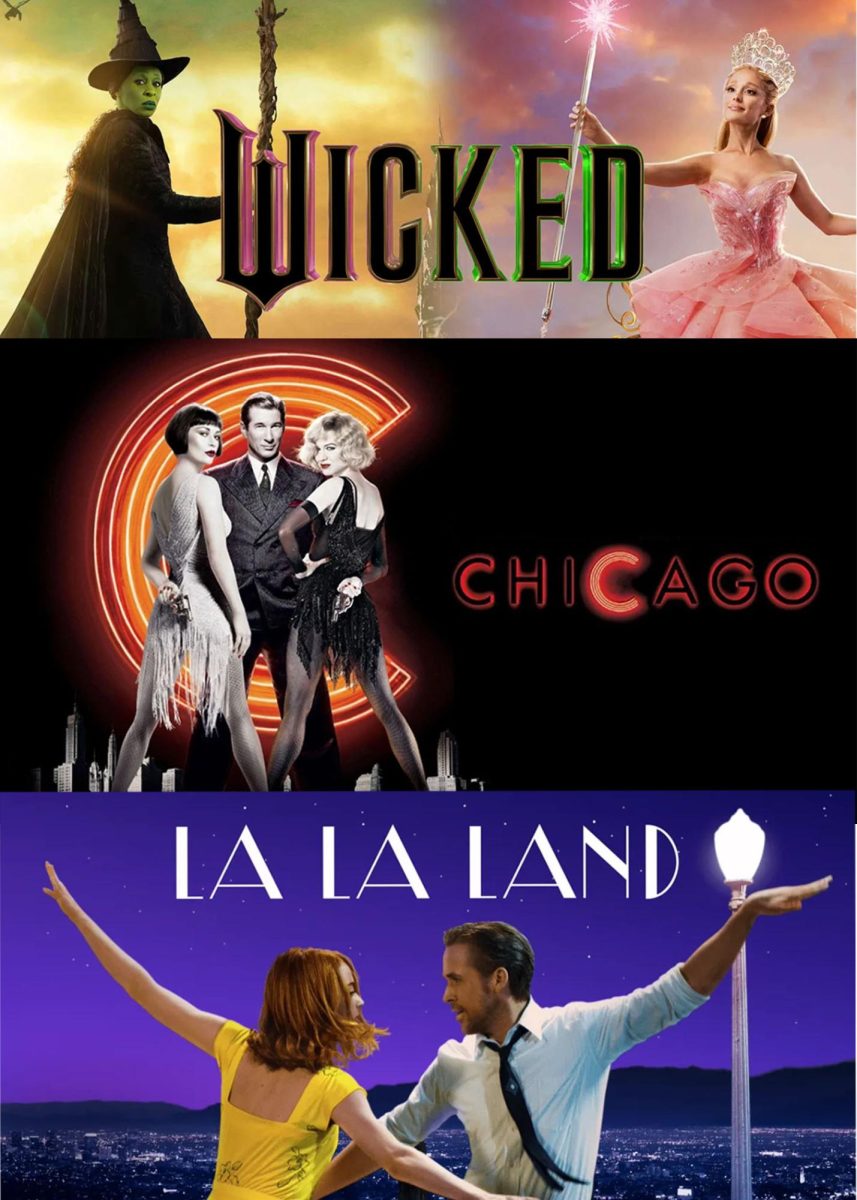“Hairspray Live” is the newest addition to the long list of musicals performed live on TV. While “Hairspray Live” received fairly good reviews, “Grease Live” still reigns as the best live musical performed on TV. Both musicals were entertaining; however, “Hairspray Live” lacked the believability and authenticity of “Grease Live’s” cast, the efficiency and flawlessness of “Grease Live’s” overall production, and the audience reach that “Grease Live” had, due to its relatability to the audience.
Charismatic, energetic, moving: three words the cast of “Grease Live’s” performance epitomizes. Julianne Hough played the lead in “Grease Live” as Sandy—a young innocent girl who falls in love with the most notorious greaser at her school. Hough dazzled with her dancing abilities and attempted to hit every note just as Olivia Newton-John had. The male lead, Danny Zuko, was played by Aaron Tveit, a broadway veteran who brought his expertise to the production. Tveit may have not matched John Travolta’s jet black hair, but Tveit’s commitment to the role was shown through every dance and song. Finally, the best performance of the night was Vanessa Hudgens’s emotional performance as the rebellious Rizzo. Hudgens’s father died the day before the performance, which made her performance even more moving. Hudgens nailed every note she sang and perfectly displayed her character’s arc.
Unlike the near perfection reached by the cast’s performance in “Grease Live,” most of the cast members in “Hairspray Live” lacked the fervor needed to sufficiently play their role. Ariana Grande lacked Penny’s usual spunkiness and made Penny seem like a ditz. Maddie Baillio did her best to honor the lead role of Tracy, but her shyness hampered her from coming anywhere near the legendary performance of Nikki Blonsky as Tracy in the 2008 film of Hairspray. Likewise, Garrett Clayton’s performance as Link Larkin was pitiful and lacked any energy or authenticity. The only actress to completely nail her performance was Kristin Chenoweth, who played the role of the cunning Velma Von Tussle.
In addition to the “Hairspray Live” cast’s vapid performances, the actual production of the musical was lacking. Many technical errors were made, making the production seem unprofessional. During the opening number of “Hairspray Live,” a technical error with Baillio’s mic caused a loss of sound that was noticeable for the audience. Additionally, there was a timing issue with the camera during one of the songs, leaving the viewers looking at an orange wall for a couple seconds.
“Grease Live” barely had any mishaps, except for one incident in which Vanessa Hudgens lost her mic while dancing during the last number, “We Go Together;” however, the actress recovered quickly and the incident was hardly noticeable.
Finally, “Grease Live” was, in fact, a more successful and efficacious production than “Hairspray Live” due to the amount of viewers who tuned in to watch the performance and the rating on the Nielsen scale—an audience measurement system that measures audience size and composition. “Grease Live” racked in 12.2 million viewers and a 4.3 rating on the Nielsen scale; on the other hand, “Hairspray Live” had only 8.9 million viewers and a 2.3 rating on the Nielsen scale.
The reason “Grease Live” had so many viewers is due to the fact that the story in Grease is much more relatable to teenagers today. Grease’s story of high schoolers trying to find love and find themselves is much more understandable and engaging than Hairspray, a tale of a girl who finds herself on a dance show and initiates change for the show and for civil rights.
Overall, “Grease Live” and “Hairspray Live” may be the two newest musicals performed on live television, but only one of them had a cast that truly paid homage to a timeless musical. Only one of them was efficiently produced without nearly a hitch. Only one of them was truly able to captivate the viewers watching with an approachable storyline: “Grease Live.”



